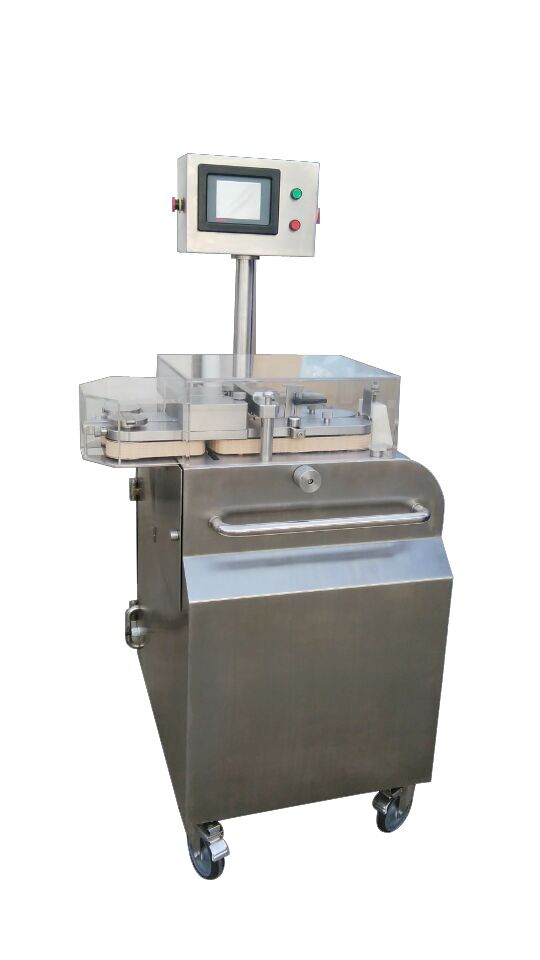
Dec . 11, 2024 11:57 Back to list
meat mincer parts
Understanding Meat Mincer Parts An Overview
Meat mincers, also known as meat grinders, are essential appliances in both commercial and domestic kitchens for preparing ground meat. Whether you're making homemade burgers, sausages, or meatballs, understanding the various parts of a meat mincer can enhance your cooking experience and ensure efficient operation. This article aims to dissect the key components of a meat mincer and their functions.
1. Hopper
The hopper is the initial part of the meat mincer where you load the meat. Typically a large bowl-shaped container, it is designed to hold a substantial quantity of meat, allowing for efficient processing. Many hoppers come with a wide opening for easy loading. Some are removable for cleaning purposes, making maintenance easier.
2. Feed Screw
Once the meat is in the hopper, it is fed into the grinding mechanism by the feed screw. The feed screw is a spiral component that pushes the meat towards the blades. It works through an auger mechanism, which helps compact the meat while moving it forward. This ensures that the meat is fed at the right speed, reducing the risk of clogging and ensuring a smooth grinding process.
3. Blades
The blades are arguably the most crucial part of the meat mincer. Made of high-grade stainless steel for durability and sharpness, these blades come in different shapes and sizes, depending on the desired grind texture. A sharp blade allows for efficient cutting through the meat fibers, while dull blades can lead to a poor grinding experience and might require more force. Regular maintenance and sharpening of the blades are essential for both safety and performance.
4. Grinding Plates
Grinding plates are metal disks with holes of various sizes that determine the coarseness of the ground meat. These plates are placed against the blades, and as the meat is pushed through, it is ground to the desired texture. A smaller hole size will yield finely ground meat, while a larger hole size is ideal for coarser products. Many models come with several grinding plates, allowing users to customize their meat preparation according to their preferences.
5. Cover
meat mincer parts

The cover secures the blades and grinding plates in place. It ensures that everything functions smoothly and maintains safety by preventing accidental contact with the sharp components during operation. Covers may come with safety locks to prevent the machine from running when not properly secured.
6. Pusher
The pusher is a handy tool used to assist in pushing meat down into the grinder without risking injury. Unlike using your hands, which can lead to accidents, the pusher allows for a safer operation and ensures that the meat is fed efficiently into the blades.
7. Motor
In electric meat mincers, the motor is responsible for the grinding action. It powers the feed screw, blades, and all other moving parts. The strength of the motor varies between models and influences how much meat can be processed at once. A more powerful motor is essential for commercial-grade mincers, as it can handle larger quantities of meat without overheating or losing performance.
8. Base and Housing
The base and housing provide stability to the meat mincer. Generally made from sturdy metal or high-quality plastic, they are designed to withstand the stresses of continuous operation. A non-slip base can enhance safety by ensuring that the machine remains steady during use.
9. Cleaning and Maintenance Parts
To keep a meat mincer functioning effectively, regular cleaning and maintenance are necessary. Some models come with brushes for cleaning hard-to-reach areas, while others may feature parts that can be dismantled easily for thorough cleaning.
Conclusion
Understanding the various parts of a meat mincer not only enhances your ability to use the appliance effectively but also ensures better maintenance and longevity of the machine. Whether you’re an experienced chef or a home cook looking to explore new culinary avenues, a meat mincer can be a valuable addition to your kitchen. By keeping the parts in optimal condition and knowing how they function together, you can ensure your grinding tasks are easy and efficient, paving the way for delicious homemade dishes.
Latest news
-
Great Wall DKJC Series Auto Sausage Clipper: Efficient & Durable
NewsJul.25,2025
-
Pneumatic Clipping Machine: Efficient and Reliable Solution for Industrial Applications|Precision Cutting, Durability
NewsJul.21,2025
-
Pneumatic Clipping Machine - Shijiazhuang Bossin Machinery Equipment Co., Ltd.
NewsJul.21,2025
-
Pneumatic Clipping Machine - Shijiazhuang Bossin Machinery Equipment Co., Ltd.
NewsJul.21,2025
-
Pneumatic Clipping Machine - Shijiazhuang Bossin Machinery Equipment Co., Ltd.
NewsJul.21,2025
-
Pneumatic Clipping Machine - Shijiazhuang Bossin Machinery | Precision Cutting, High-Speed Operations
NewsJul.21,2025